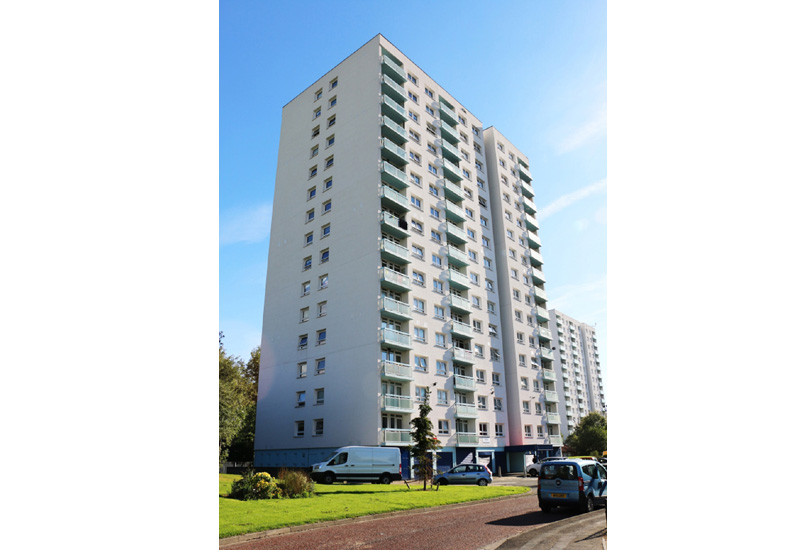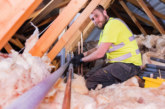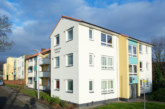
Paul McCarren discusses the role of biomass district energy networks in social housing and housing associations to futureproof their properties.
Following the Government’s 85% cut to the Feed-in-Tariff (FIT) incentive, which at its height was a major proponent of the domestic solar power market across the UK’s domestic dwellings, the impact is already being felt. Data recently published by the energy regulator, Ofgem, revealed in the period shortly after the cut to FIT — February to March 2016 — just 21MW of solar power capacity was made available to householders.
This represented a staggering 74% drop in take-up when compared with the 81 megawatts (MW) of solar power capability deployed across the UK’s housing stock in the same period in 2015.
Coupled with the recent roasting of the Green Deal by the National Auditing Office (NAO), which outlined the failure of the well-meaning incentive to encourage more households to embrace greater energy efficiency improvements, a central issue is apparent.
At a time when there are outspoken calls for cleaner energy sources to be used in social housing, yet another carbon efficiency measure and attempt to reduce fuel poverty has fallen by the wayside. Not only will this have a substantial impact on the value of housing across the UK, for residents it is likely to affect their way of life directly, especially as the cost of living continues to rise.
Solar PV was once a viable option for social housing providers, given the scale of their property portfolios. However, with its diminishing financial backing and the fact residents simply do not use as much solar power as commercial installations, solar power in social housing will need a new impetus.
In future, this is likely to be driven by innovations such as domestic battery storage, more streamlined supply chains and potential reduction in material costs but in the meantime, housing associations should look to other renewable energy solutions and alternative ways to make their properties as energy efficient as possible for future generations.
Embracing biomass
At Forrest, we have been exploring innovative ways for social housing providers to embrace renewables, which provide the best return on investment, both short and long-term. Biomass heating burns low-cost, sustainable wood pellets to provide properties with renewable heat and electrical energy while reducing carbon emissions significantly in comparison to fossil fuels.
Unlike solar, biomass installations are incentivised by payments through the Renewable Heating Incentive (RHI) scheme, which was set up in 2014 to help contribute towards the Government’s UK’s 2020 ambition for 12% of residential heating to come from renewable sources.
A recent Department for Energy and Climate Change (DECC) consultation looking at RHI considered the outlook for the sector should the Government push through proposed cuts to reduce biomass boiler tariffs by as much as 61% by 2017. However, with biomass now deliverable on larger scales — to serve whole tower blocks as district energy networks, for example — it is still a feasible option for providing long-term, renewable energy to local communities and passing on savings to tenants.
The technology can be an attractive solution for housing associations, and larger commercial organisations, which are looking to make renewables a big part of their property portfolios, but require their capital to be supported by levies in order to do so cost effectively. Forrest is currently working with Villages Housing Association, which is part of the ForViva Group, to install a new energy efficient biomass district heating network in lieu of storage heaters across five tower blocks at Stockbridge Village in Knowsley, Merseyside.
Two biomass energy centres — one with an output of 500kW and the other 300kW — were put in place as part of a suite of refurbishment works to the tower blocks which aimed to modernise dated features and equipment, including improved parking and recycling facilities for tenants. The new biomass infrastructure will provide 900 tenants with cheaper, cleaner energy and the housing association is expected to reduce CO2 emissions across the five tower blocks by 22,200 tonnes over the system’s lifetime — a massive efficiency saving when compared with traditional fossil fuel energy sources.
Housing associations have a duty to help improve their residents’ quality of life. Biomass can be installed alone, or as part of a broader refurbishment programme as part of housing associations’ long-term drive to be greener and more energy-efficient. The important thing is to engage with residents when consulting refurbishment works to explain the long-term sustainability benefits of the equipment, including how it will save them money on their energy bills.
A greener future
Following the drop in solar power capacity on housing stock, what is clear is that the industry must rally behind other alternatives for helping people to save on fuel bills that still have incentives in place, such as district energy networks. Contractors now have the capability to upscale the technology in order to create carbon and cost savings that have solid, positive consequences.
Refurbishment work is carried out on housing stock to ensure it is suitable for future generations, so it makes commercial sense for housing associations to use the opportunity to improve the environmental value of their properties simultaneously. With innovations in solar PV coming to the fore, it may well become a viable option for housing associations once more. But for now, attention is on other clean energy sources, which offer both temporary solutions to the solar crisis, and their own long-term benefits.
Paul McCarren is energy director at contractor Forrest








